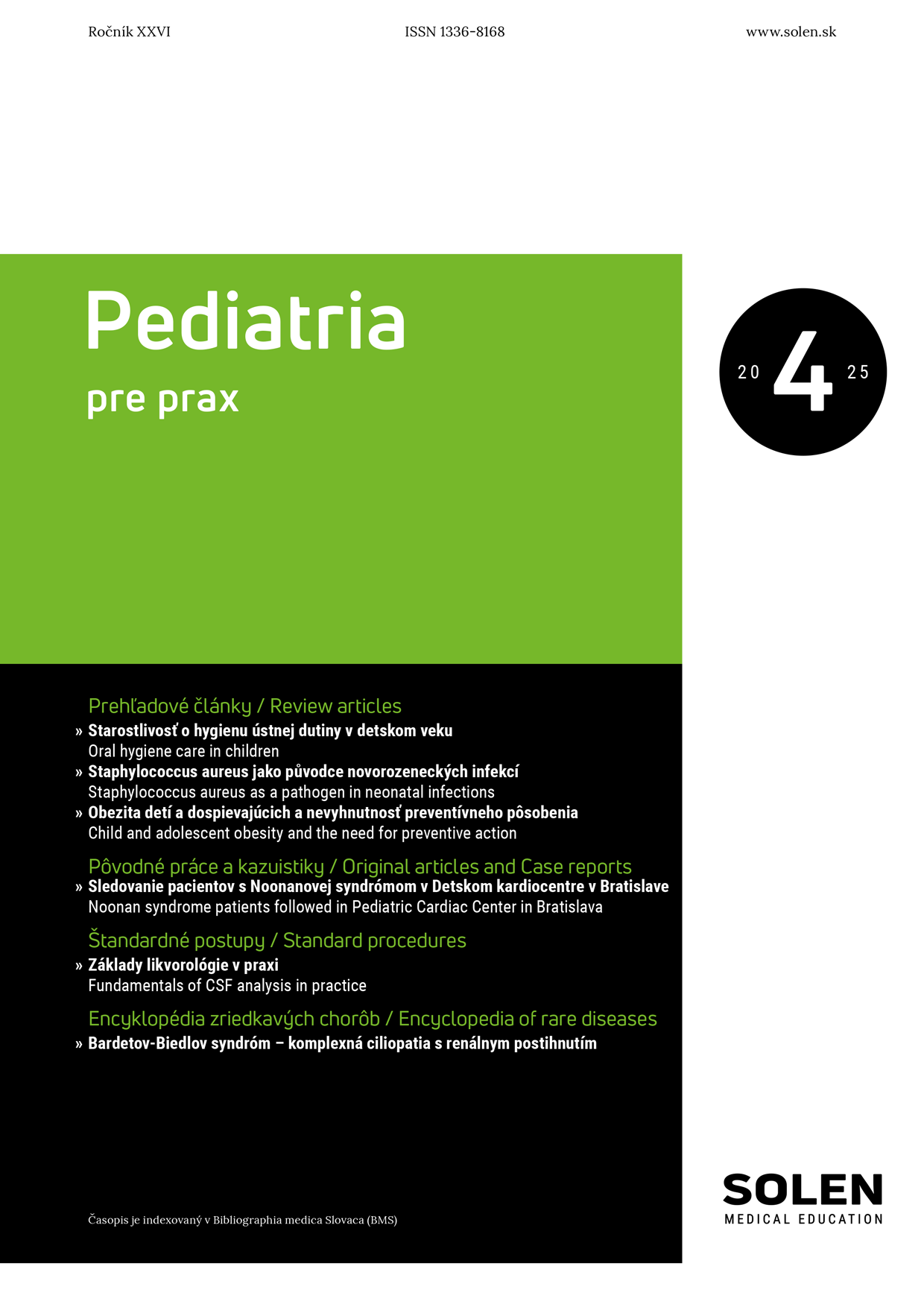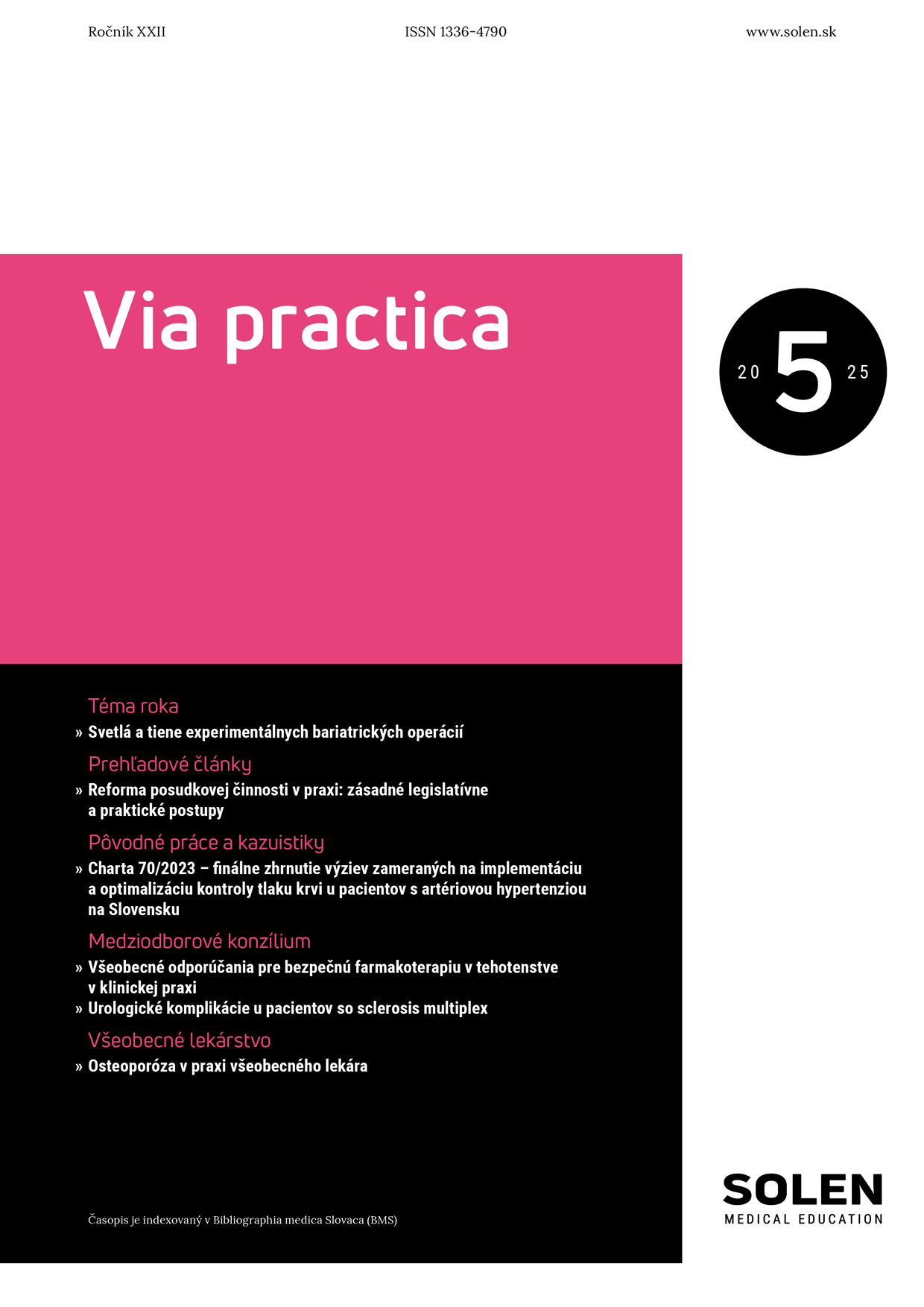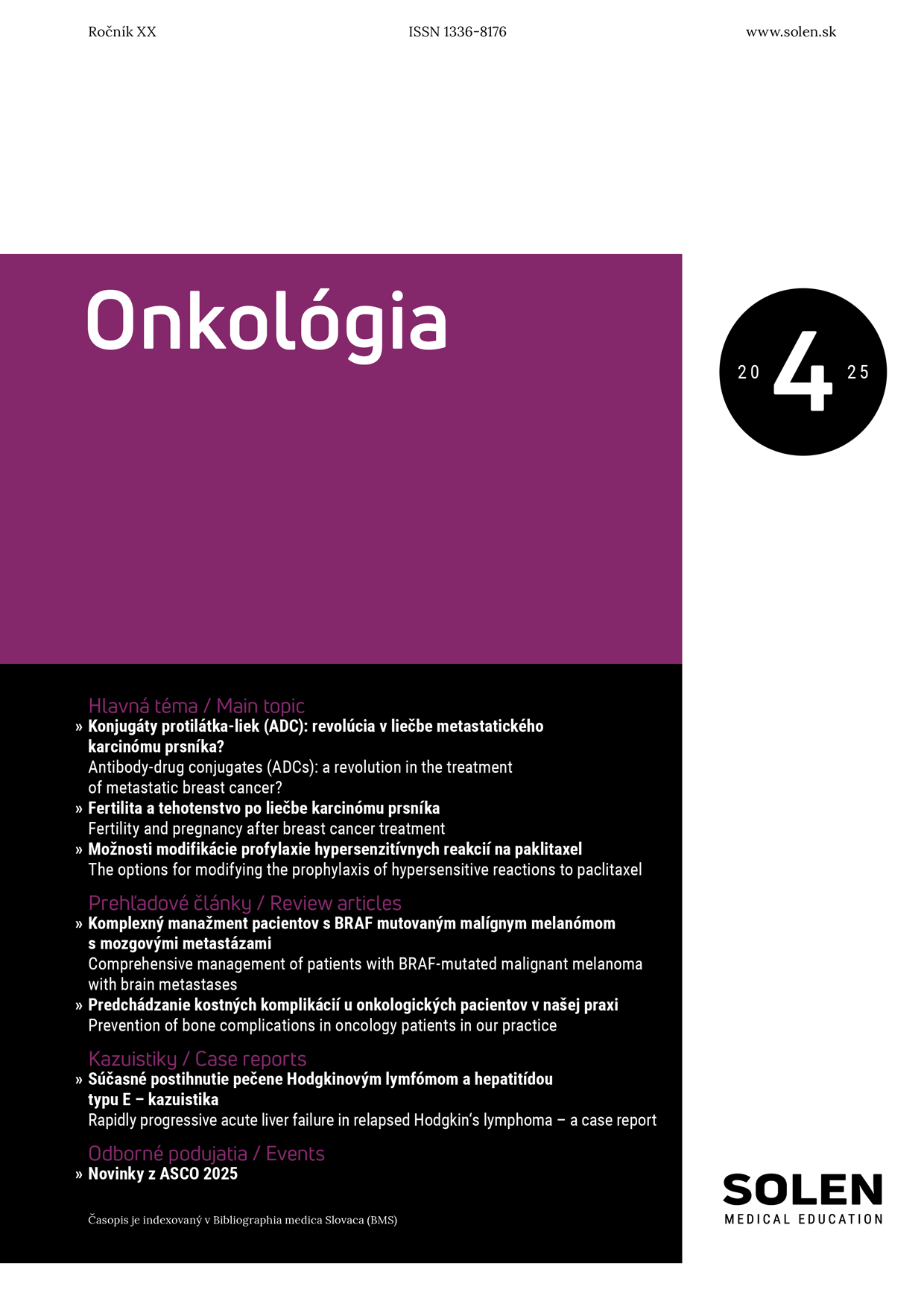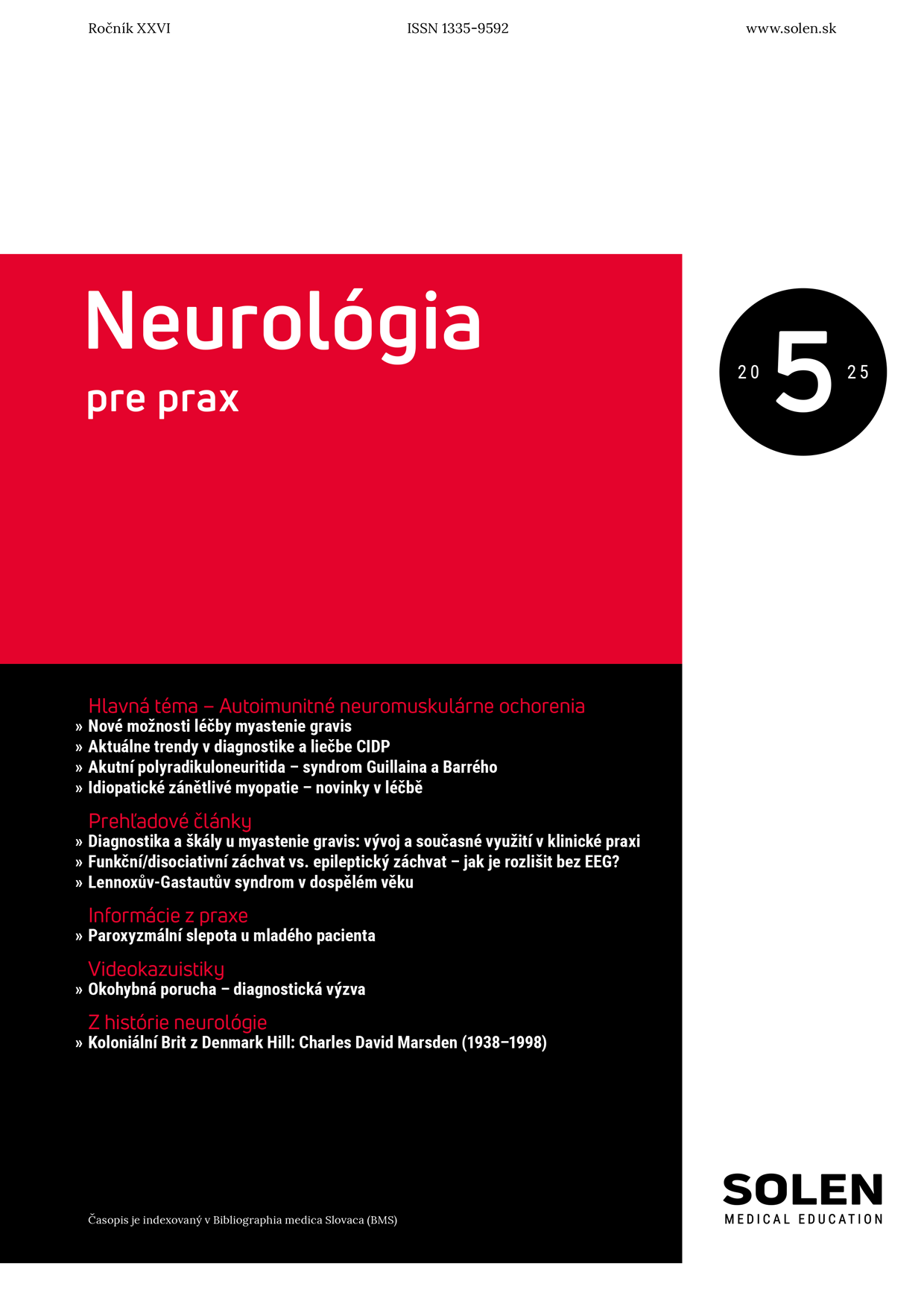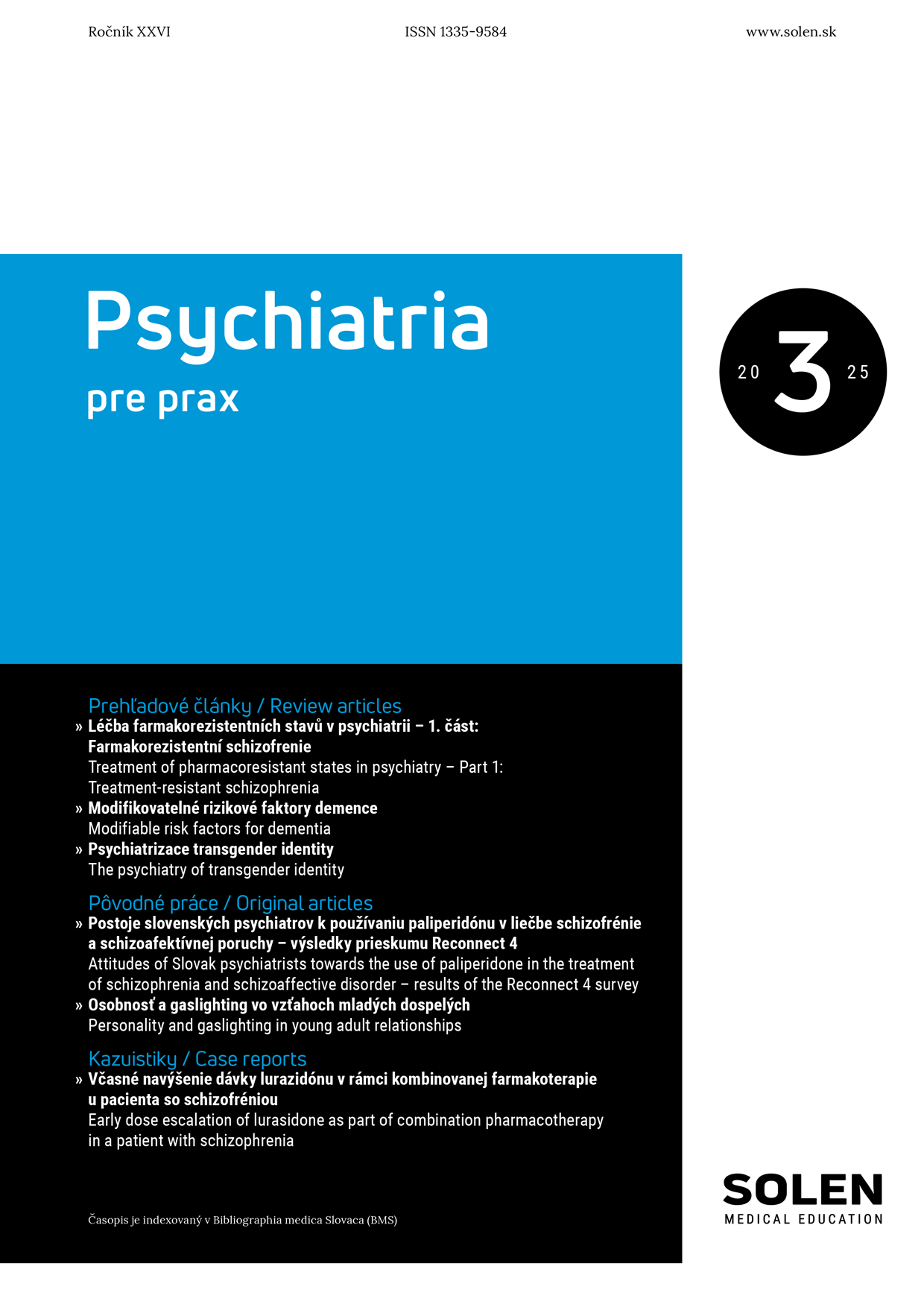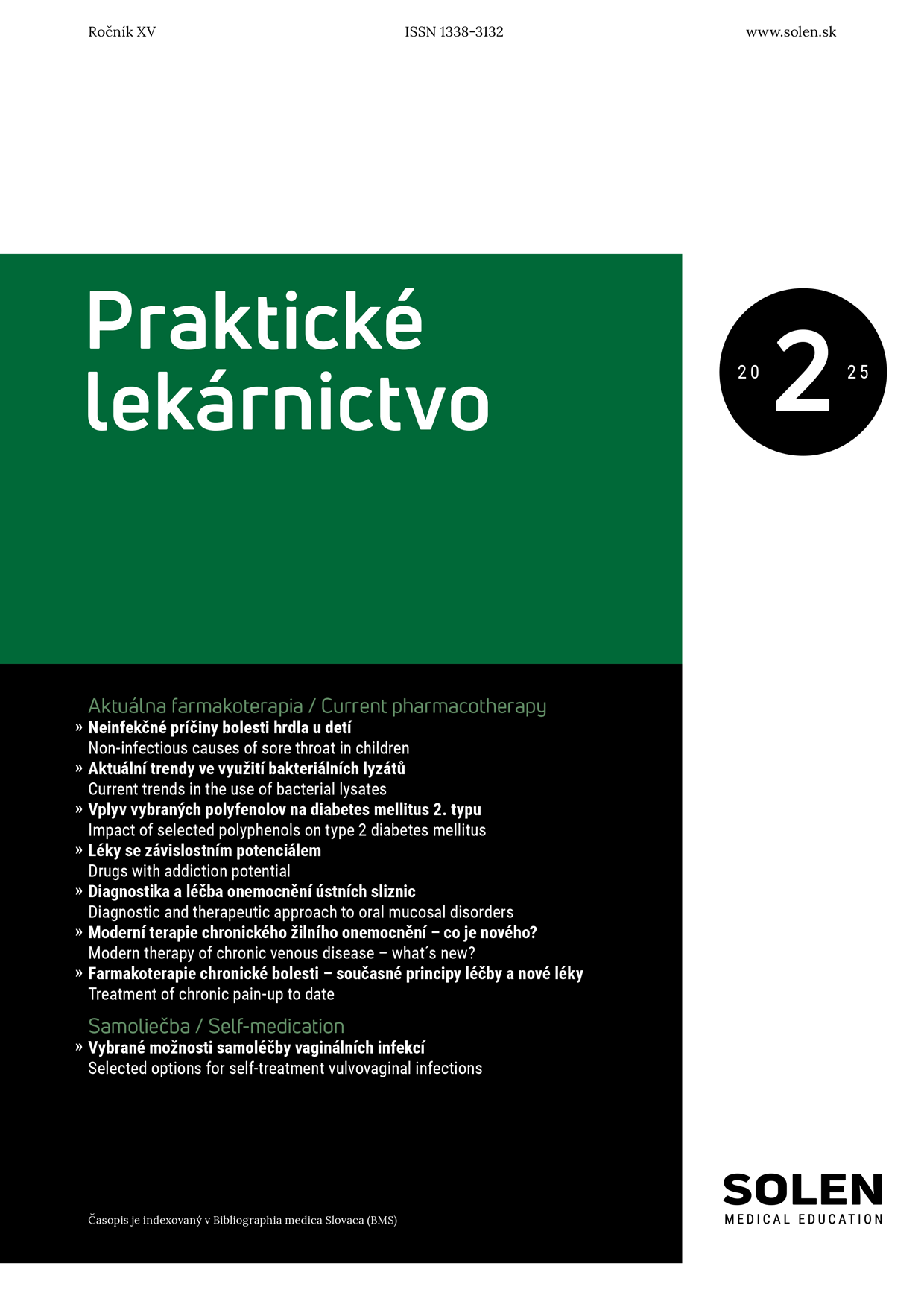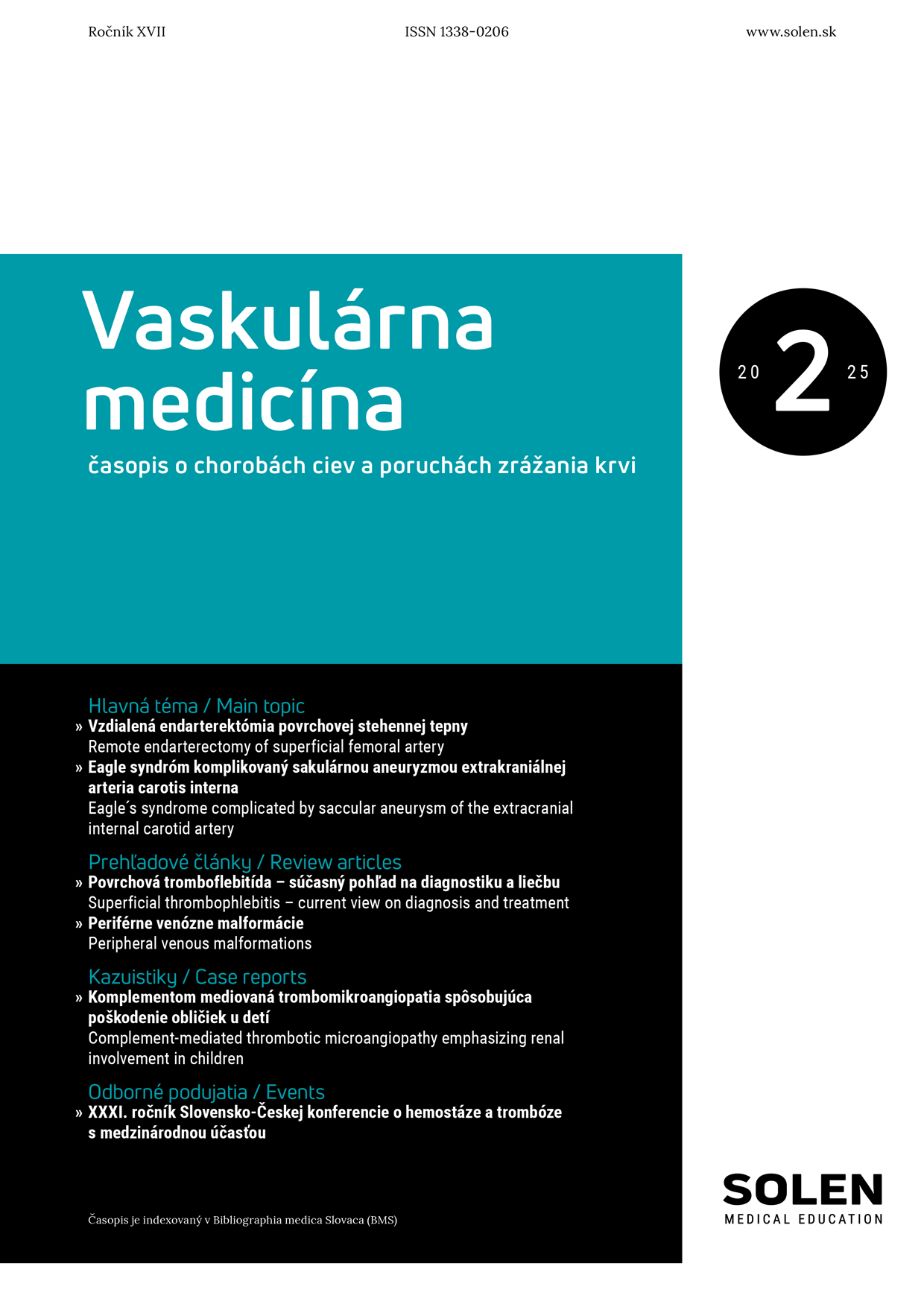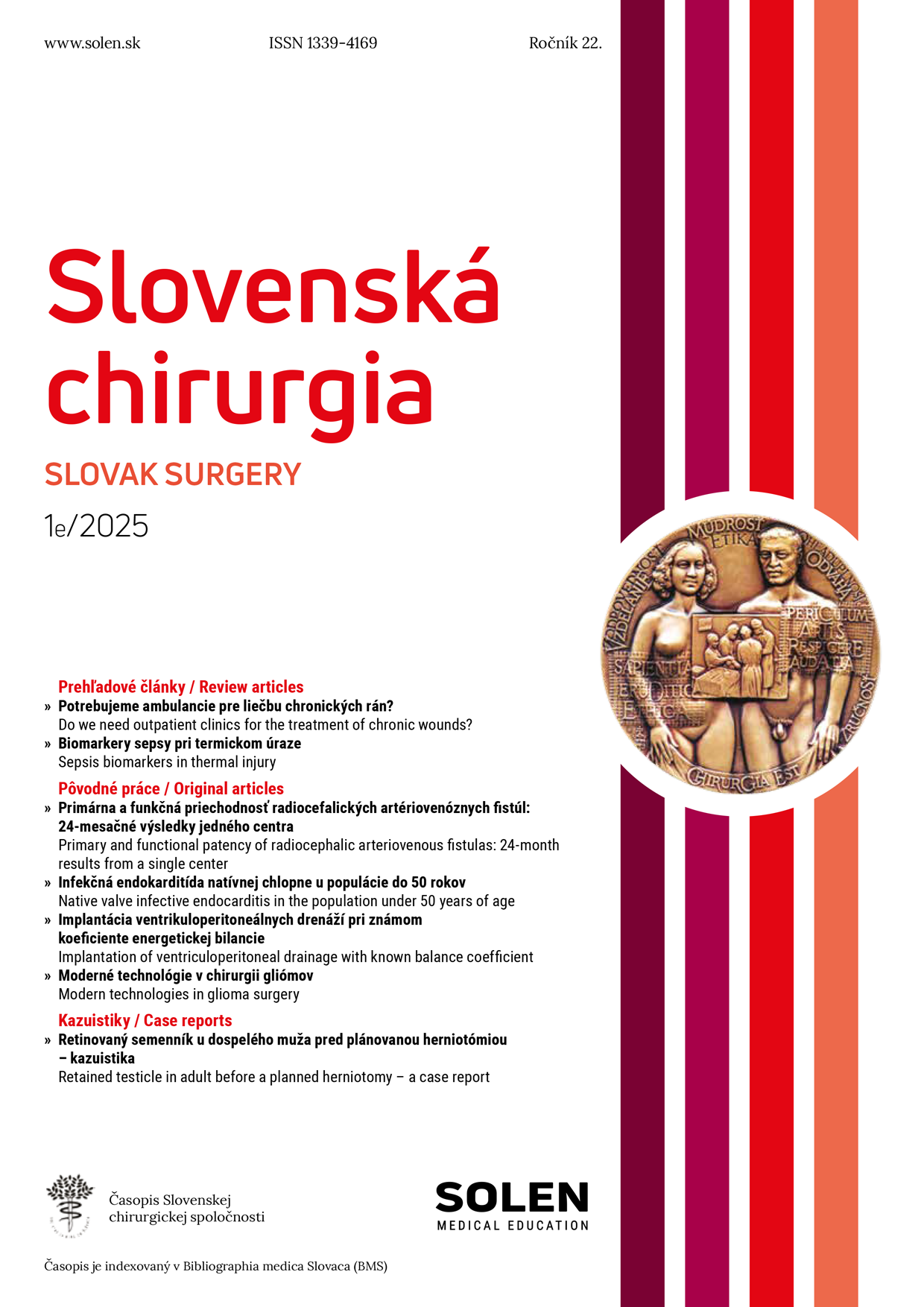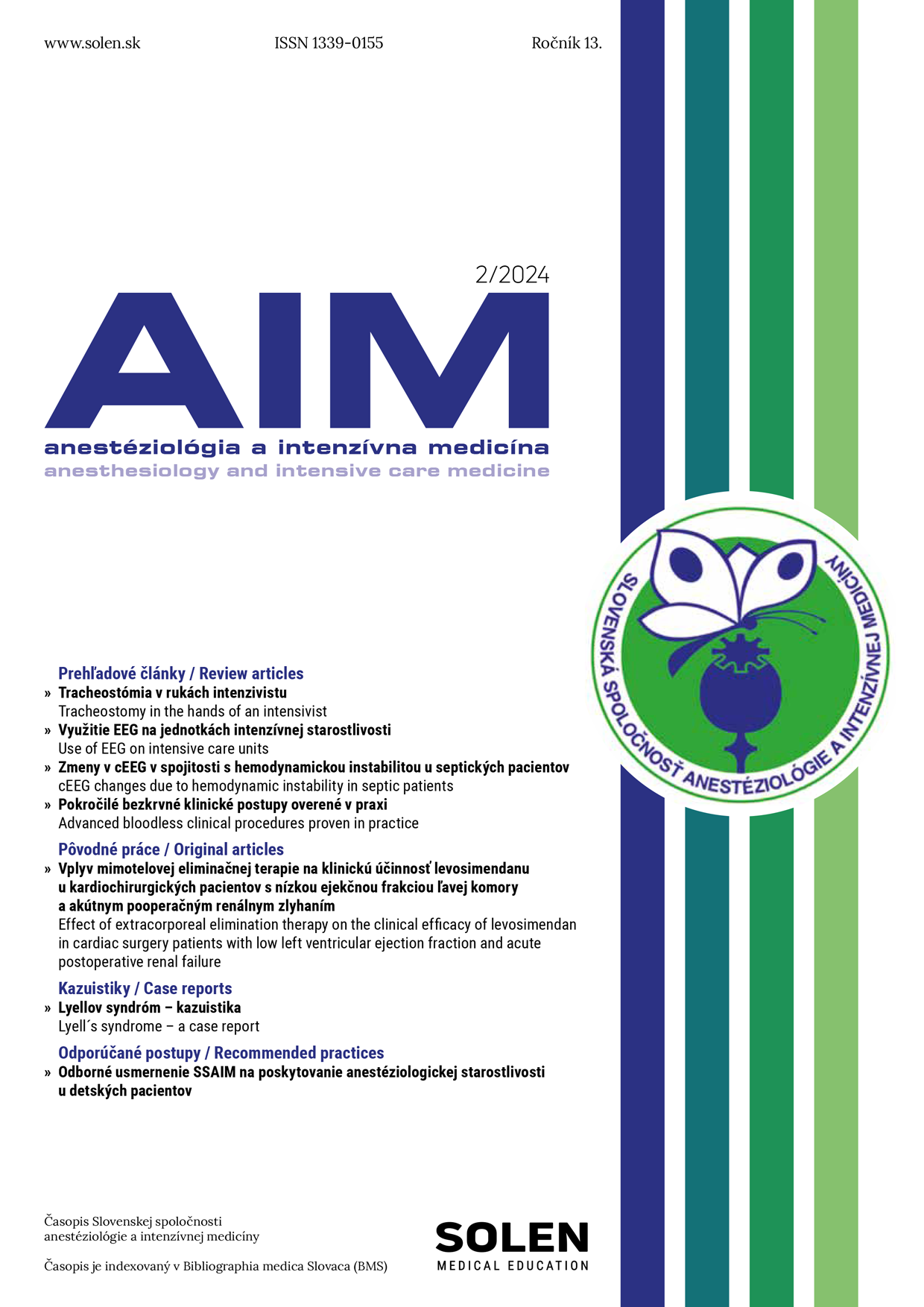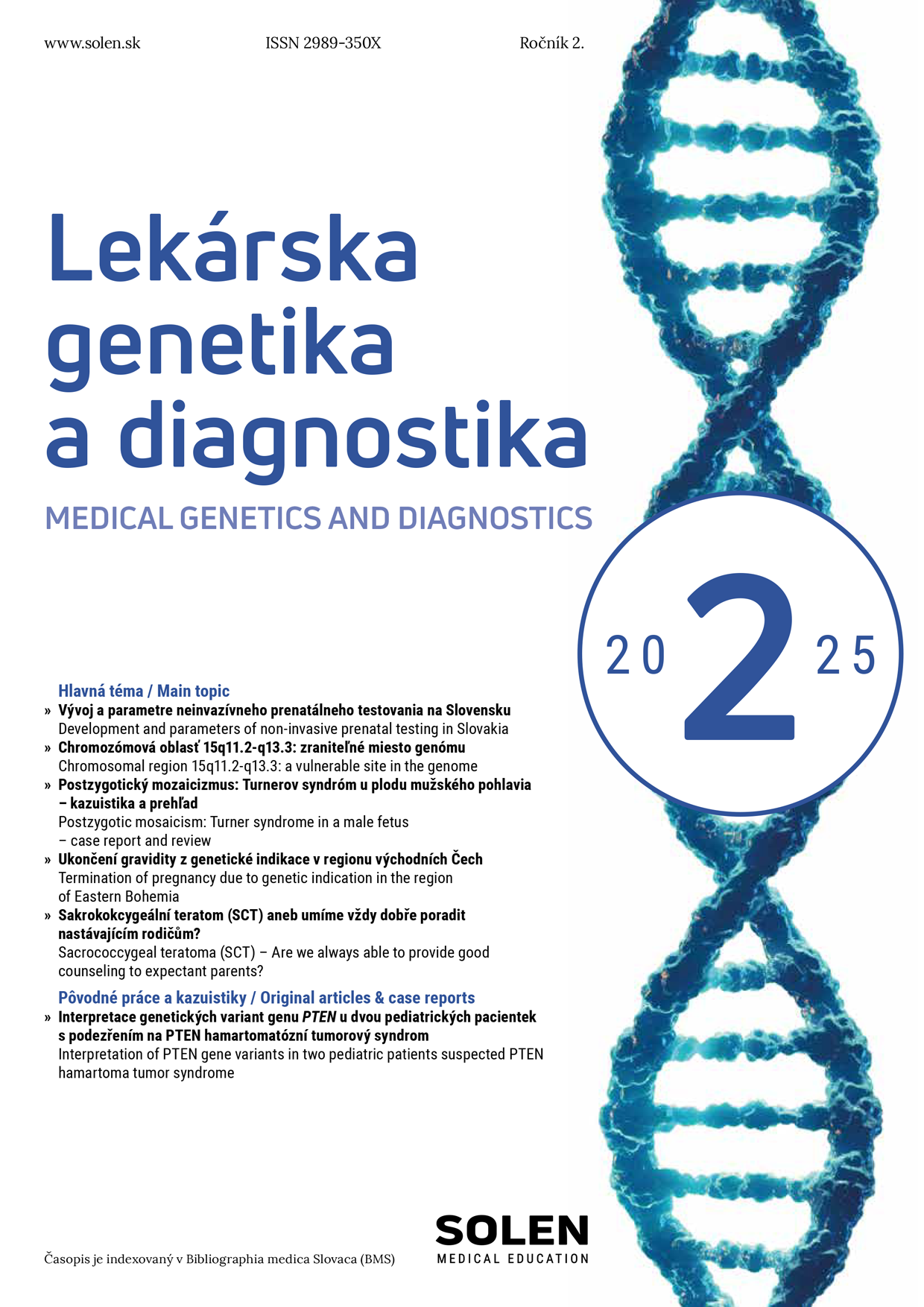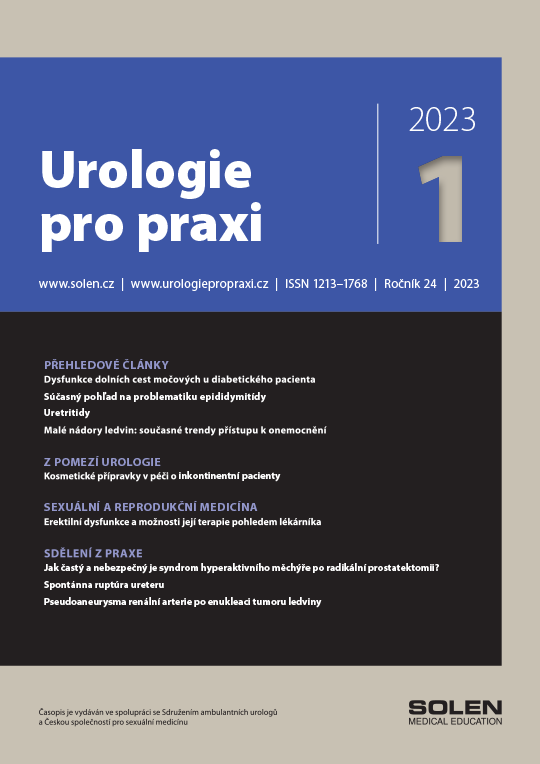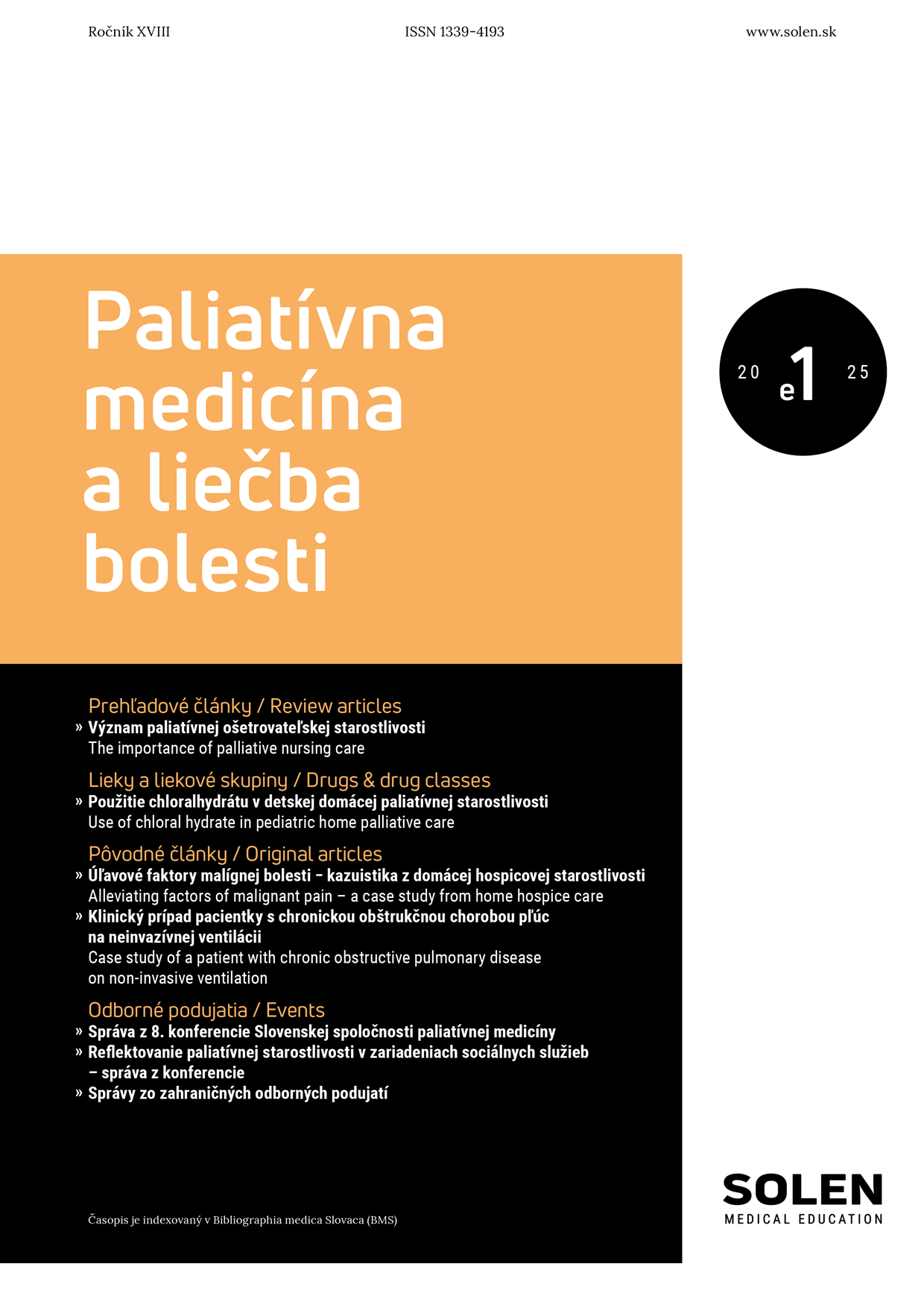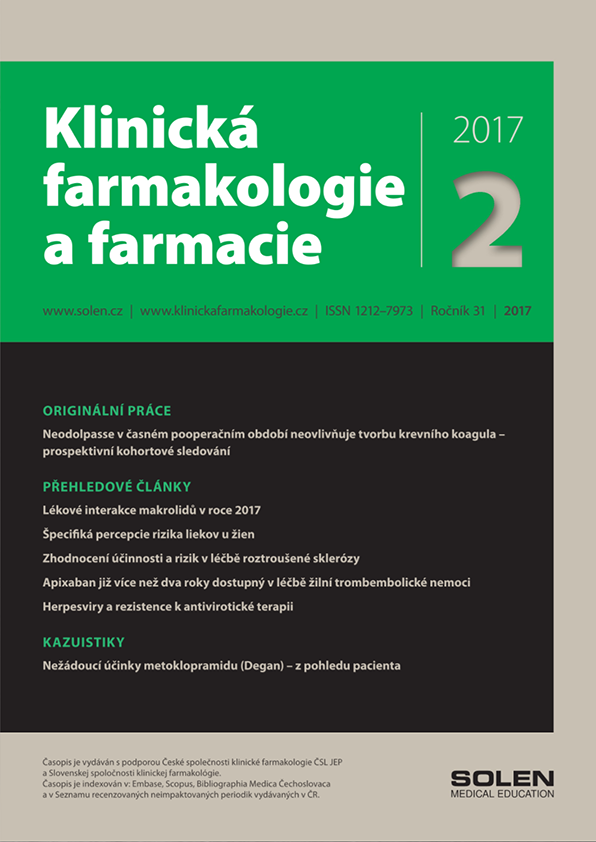Lekárska genetika a diagnostika 2/2025
Genetic testing as the key to diagnosis: Where is the boundary between myelodysplastic syndrome and acute myeloid leukemia?
Acute myeloid leukemia and myelodysplastic syndrome represent a spectrum of myeloid malignancies with a common pathogenetic basis. Traditionally, the distinction between these diseases was based on the percentage of myeloblasts in the bone marrow, with a threshold of 20% defining AML. However, recent findings indicate that the biological continuum between MDS and AML is more complex and that genetic and epigenetic factors play a crucial role in patient prognosis and stratification. The 2022 International Consensus Classification (ICC) for myeloid neoplasms and acute leukemias introduced the MDS/AML category, which includes patients with 10–19% blasts, reflecting the fact that strict morphological criteria may not adequately capture the biological nature of the disease.Mutations in TP53, DNMT3A, and TET2 genes are key drivers of pathogenesis and treatment response. TP53 mutations are associated with poor prognosis regardless of blast percentage, supporting the need for classifying myeloid malignancies based on genetic profiles. Modern therapeutic approaches are increasingly focusing on the molecular characteristics of the disease rather than traditional morphological thresholds, opening new possibilities for personalized treatment in MDS and AML patients.
Keywords: Acute myeloid leukemia and myelodysplastic syndrome represent a spectrum of myeloid malignancies with a common pathogenetic basis. Traditionally, the distinction between these diseases was based on the percentage of myeloblasts in the bone marrow, with a threshold of 20% defining AML. However, recent findings indicate that the biological continuum between MDS and AML is more complex and that genetic and epigenetic factors play a crucial role in patient prognosis and stratification. The 2022 International Consensus Classification (ICC) for myeloid neoplasms and acute leukemias introduced the MDS/AML category, which includes patients with 10–19% blasts, reflecting the fact that strict morphological criteria may not adequately capture the biological nature of the disease.Mutations in TP53, DNMT3A, and TET2 genes are key drivers of pathogenesis and treatment response. TP53 mutations are associated with poor prognosis regardless of blast percentage, supporting the need for classifying myeloid malignancies based on genetic profiles. Modern therapeutic approaches are increasingly focusing on the molecular characteristics of the disease rather than traditional morphological thresholds, opening new possibilities for personalized treatment in MDS and AML patients.


